- Brahim Jaouane
- April 18, 2018
What Collaboration Tools to Build Your Digital Workplace?

Conetnt
1. Corporate intranet
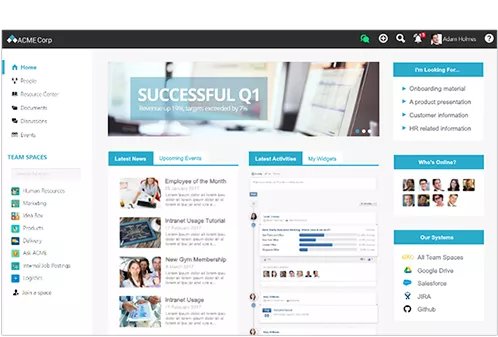
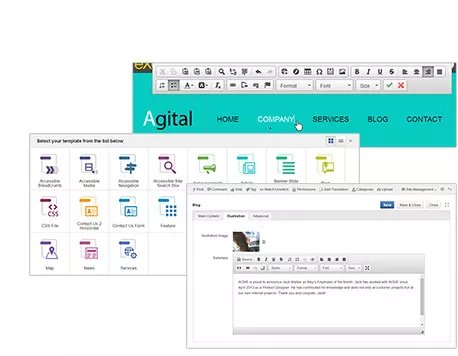
company intranet
2. Enterprise Social Network
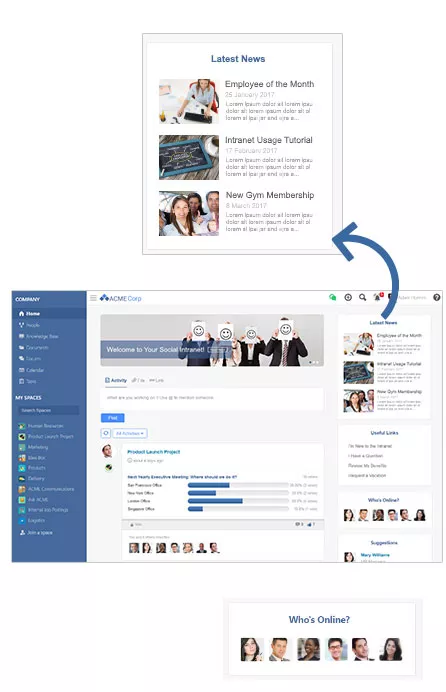

3. Document Management System
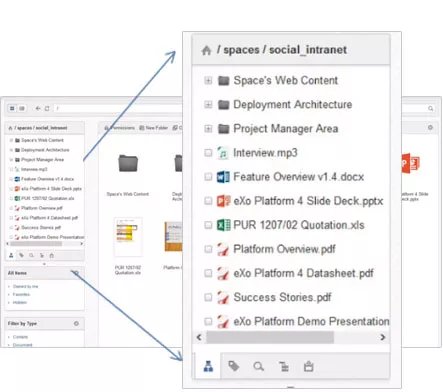
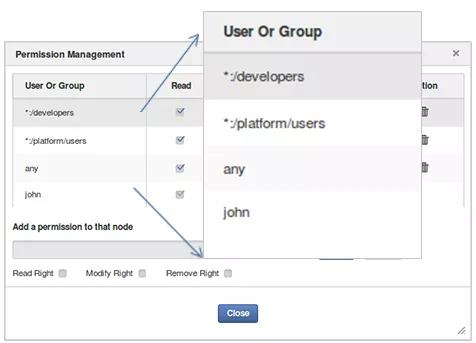
4. Knowledge Management System
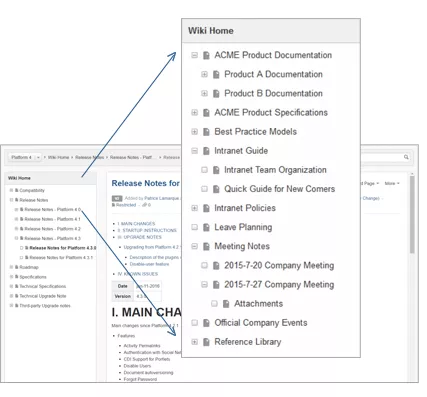
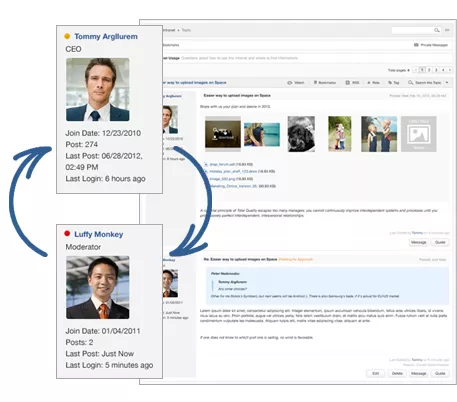
5. Chat and Web Conferencing
6. Collaborative Digital Workplace: Bringing the Pieces Together
Indeed, digital collaboration is about transforming your business into a unified successful force by connecting people, tools, information and communication into a one place shop. This includes incorporating various collaboration solutions like enterprise social networks, document management systems, knowledge management systems, chat and web conferencing, and virtual mailbox services.

FREE WHITE PAPER
Types of Digital workplace solutions
The modern workplace has evolved significantly in recent years, with advancements in technology, the growing number of tools …
FAQ
You will find here Frequently Asked Questions about collaboration with all the answers in one place.
What is collaboration?
Collaboration is “the situation of two or more people working together to create or achieve the same thing”.
What are the different types of collaboration in business?
Here are some definitions of digital workplace:
- Team collaboration
- Cross-departmental and interdisciplinary collaboration
- Community collaboration
- Strategic partnerships and alliances
- Supply chain collaboration
How to choose the best type of collaboration?
In order to effectively find the right type of collaboration for your business, you have to follow a strategic approach and answer three common yet critical questions: Where are we? Where do we want to be? And how to get there?
Why collaboration is important?
At the internal level, businesses try to encourage and seek to incorporate different forms of collaboration in the workplace to lay the foundations for teams to be able to work together with an aim to achieve higher levels of success.
Externally, businesses look to engage in collaborative actions to benefit from others’ expertise, to gather the opinions of their customer base and to get customers and other stakeholders more involved in the development of products and services.
What are the benefits of collaboration in the workplace?
Here are some of the benefits of collaboration in the workplace:
- Foster innovation and creativity
- Better problem solving
- Effectively handle times of crises
- Engage and align teams
- Increase motivation
- Attract talents

Related posts
- All
- eXo
- Digital workplace
- Open source
- Internal communication
- Collaboration
- News
- intranet
- Future of work
- workplace
- Knowledge management
- Employee engagement
- Employee experience
- Employee productivity
- onboarding
- Employee recognition
- Change management
- Cartoon
- Digital transformation
- Infographic
- Remote work
- Sneak Peek
- Solutions
- Thought leadership
- Tips & Tricks
- Tutorial
- Uncategorized
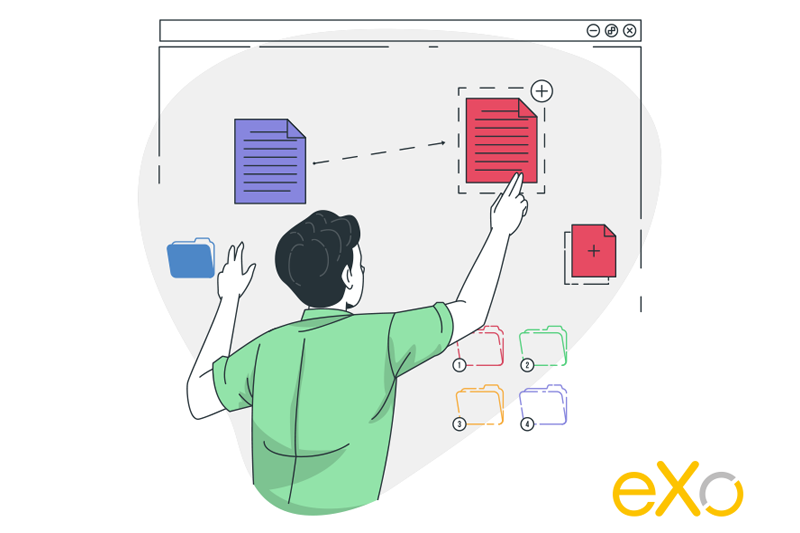

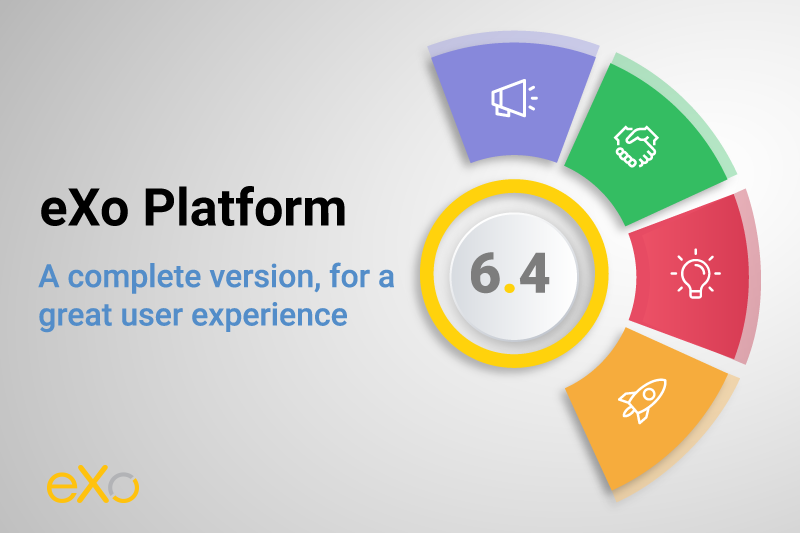
Every organization needs above-mentioned collaboration tools but I just believe in the all-in-one tool. I would prefer a tool, which can be useful for different purposes mentioned above. I would just fall for an Intranet with the abilities of Enterprise Social Network, Document Management System, Knowledge Management System, Chat and Web Conferencing and many more.